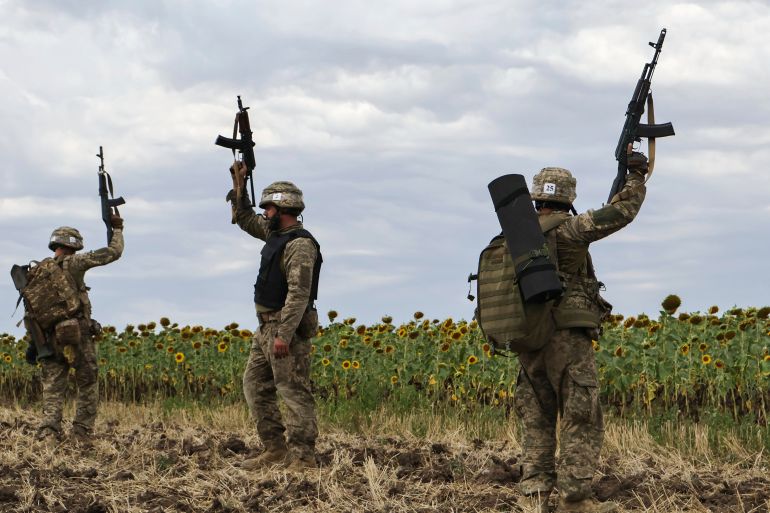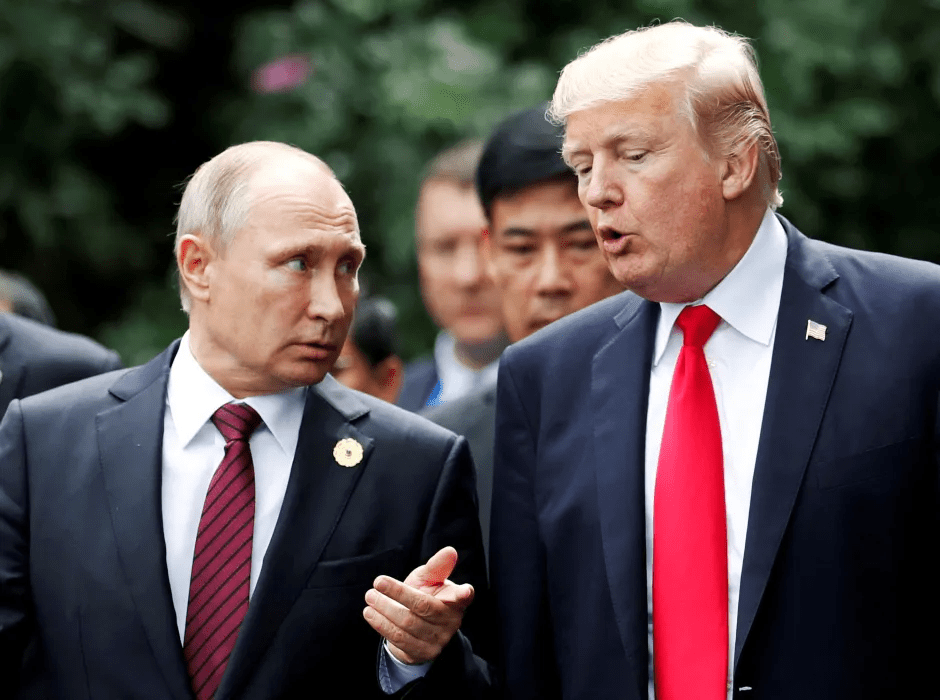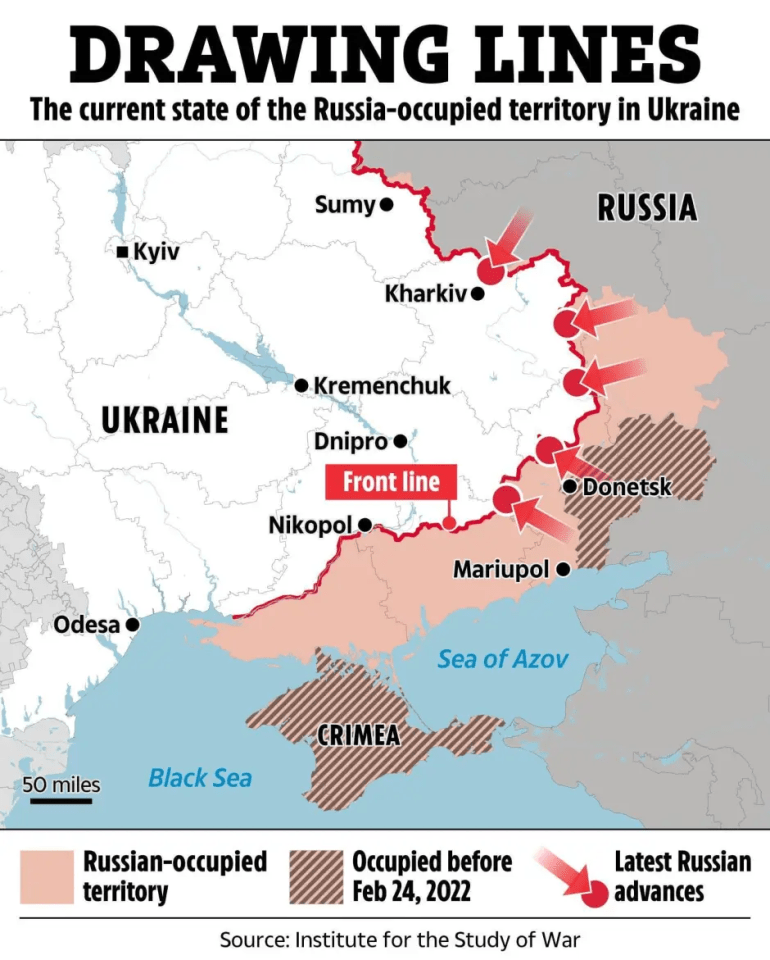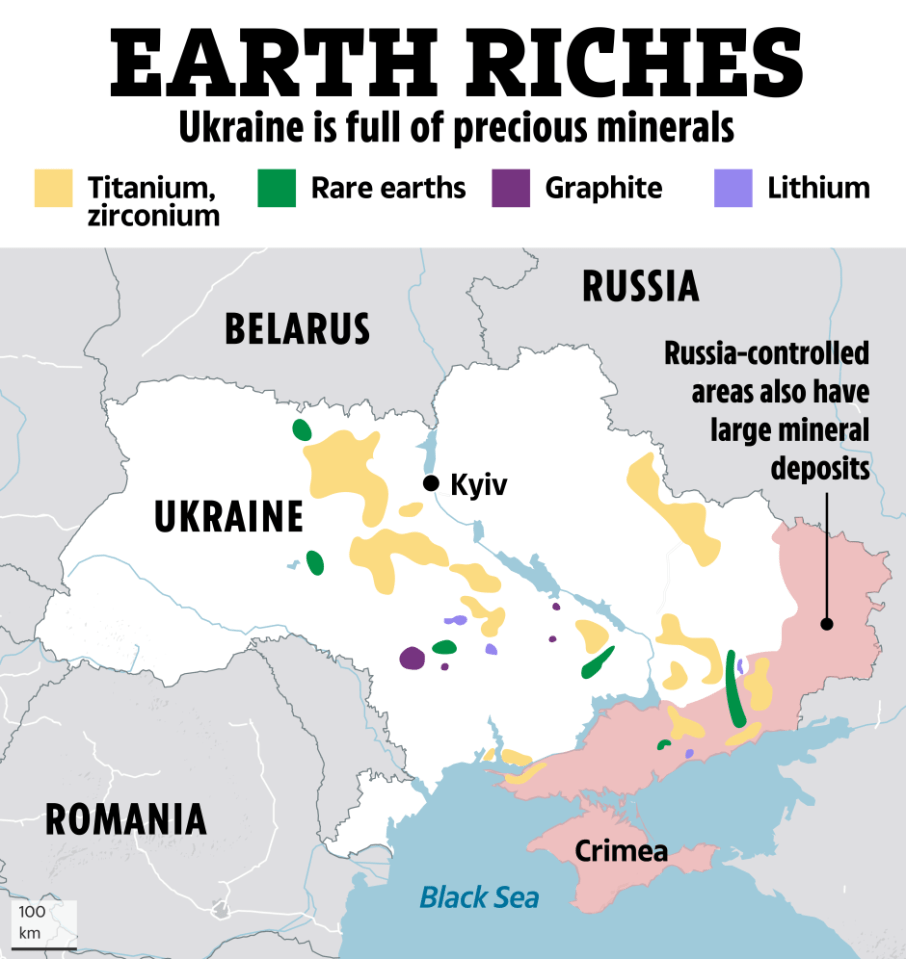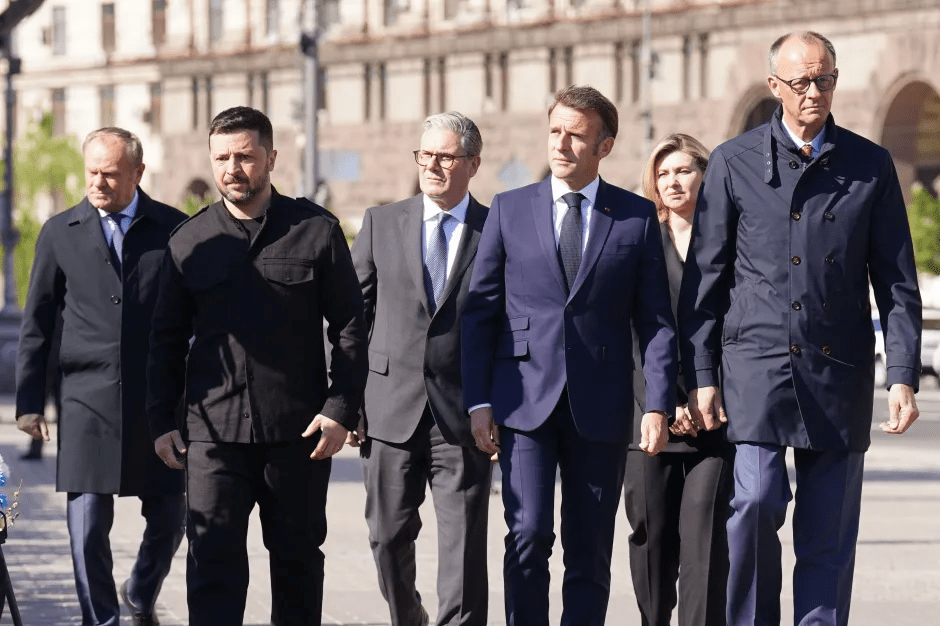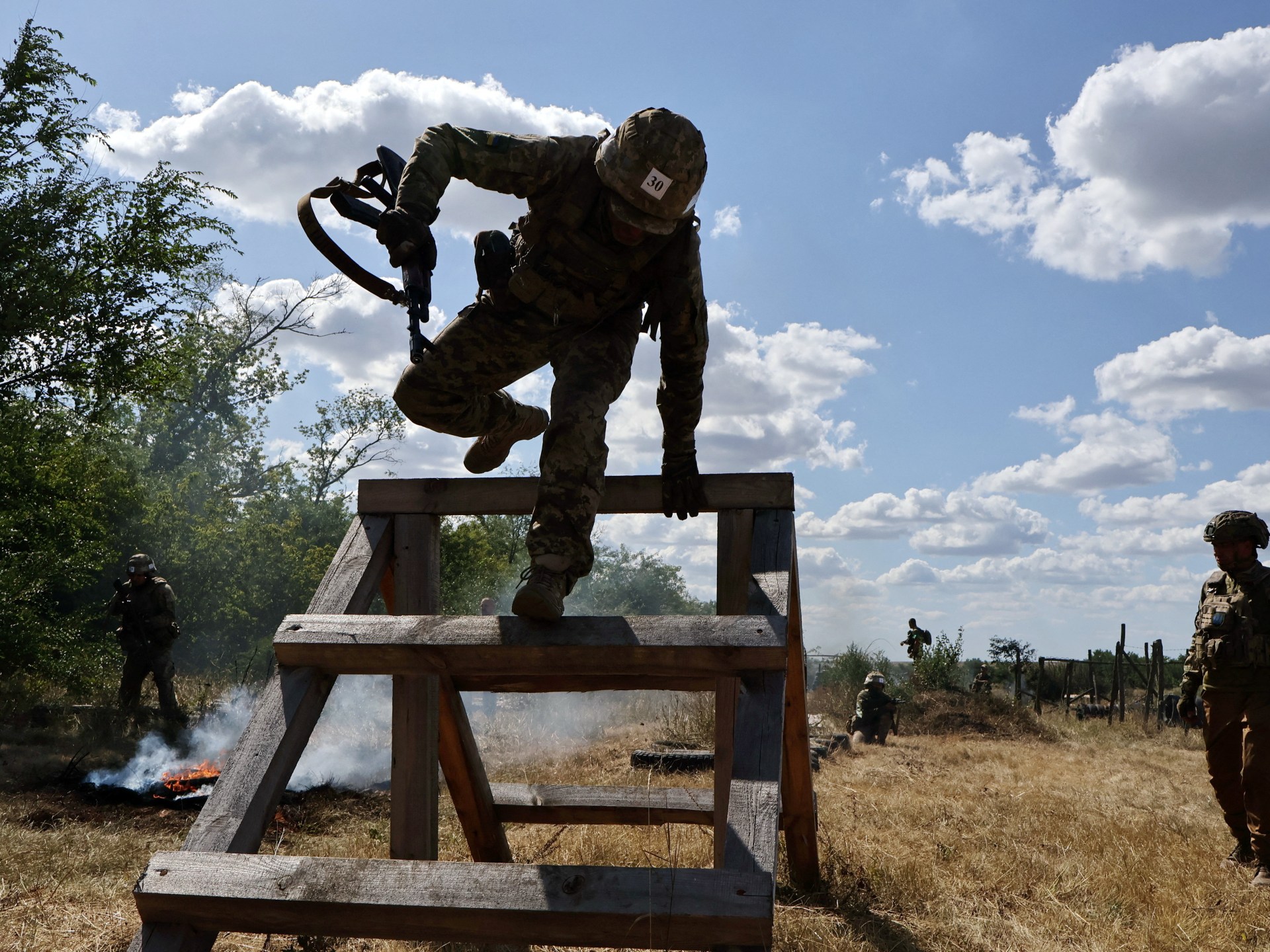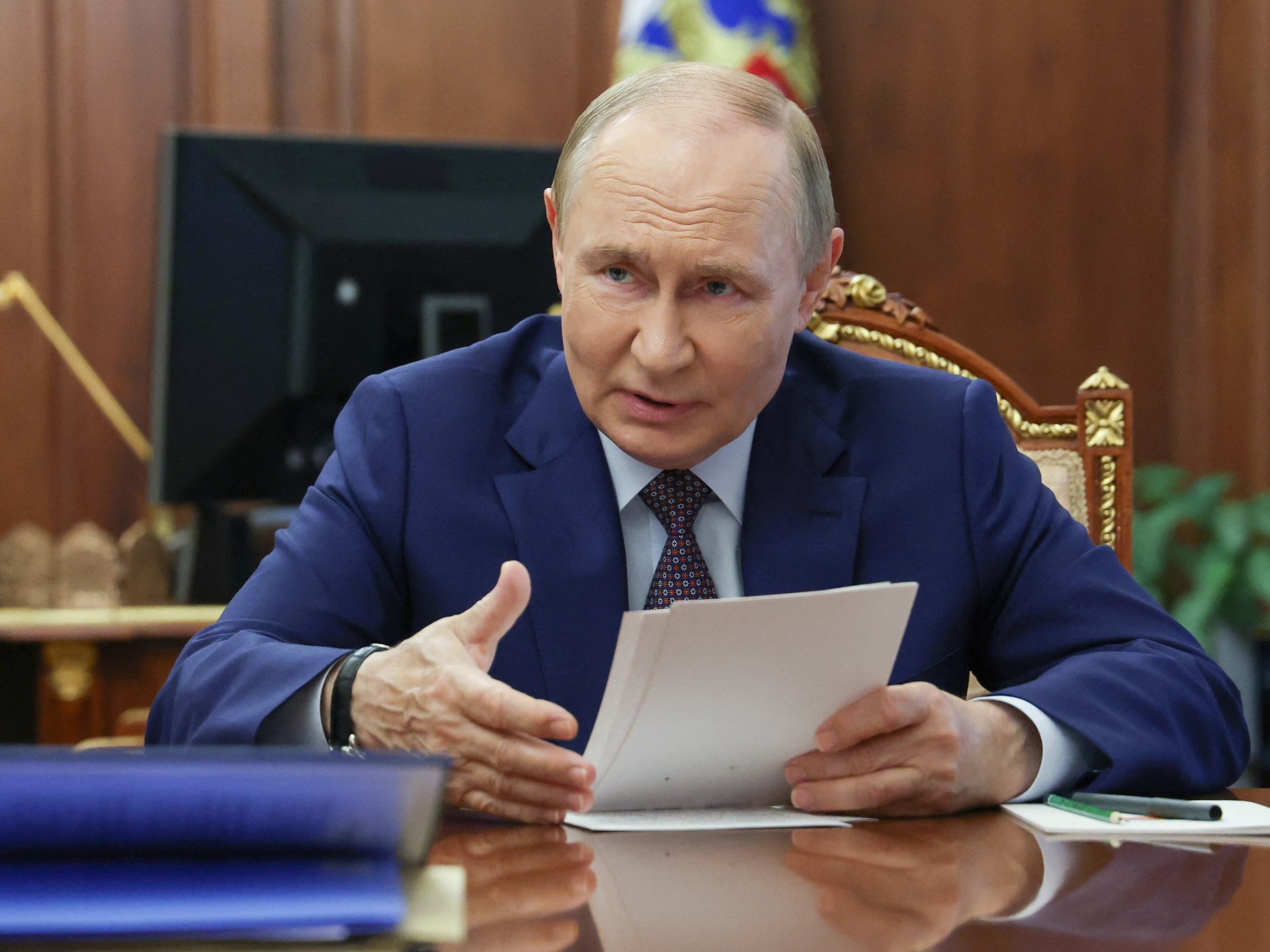What US, Europe security guarantees for Ukraine could look like | Russia-Ukraine war News
When United States President Donald Trump invited his Ukrainian counterpart Volodymyr Zelenskyy for talks at the White House on Monday, the European leaders rushed to Washington, DC to stand alongside Zelenskyy in a show of support.
The last meeting between Trump and Zelenskyy, held in February at the Oval Office, did not go down well for the Ukrainian leader. He was publicly berated and blamed for the Ukraine war – which was actually started by Russia in February 2022.
The European leaders wanted to ensure Kyiv’s interests were taken into consideration days after Trump rolled out a red-carpet welcome to Russian President Vladimir Putin in Alaska talks.
And much to their relief, the fraught issue of Ukraine’s security guarantees did emerge as one of the key talking points in the White House talks. Trump, who has ruled out NATO membership for Kyiv, offered a US role in the security of Ukraine.
While the specifics of the security guarantees have not been revealed, Trump added that European countries would be the “first line of defence”.
Here is more about Ukraine’s security guarantee, what the US role would be, and how would it be different from NATO security?
What has Trump said?
“When it comes to security, there’s going to be a lot of help,” Trump told reporters on Monday, referring to the US role in Ukraine’s security.
Trump added that European countries would be involved in providing these security guarantees.
“We have people waiting in another room, right now, they’re all here from Europe,” Trump said during a summit at the White House attended by Zelenskyy and a group of European allies. “Biggest people in Europe. And they want to give protection. They feel very strongly about it, and we’ll help them out with that.”
“They are a first line of defence because they’re there, but we’ll help them out,” Trump said.
In an interview with Fox News on Tuesday, the US president said European ground troops could be part of security guarantees but ruled out deployment of US ground troops to Ukraine.
“When it comes to security, they’re willing to put people on the ground,” he told Fox News, referring to European allies whom he met in the White House on Monday.
“We’re willing to help them with things, especially, probably, if you talk about by air, because no one has the kind of stuff we have, really, they don’t,” Trump said.
Ukraine has been seeking NATO membership to boost its security against Russian aggression, but the Trump administration has ruled that out, calling it “unrealistic”. On Tuesday he reiterated Ukraine won’t be able to join NATO.
Trump had been asking Europe to take the front seat in providing security guarantees for Ukraine.
The European leaders who attended the summit on Monday included French President Emmanuel Macron, British Prime Minister Keir Starmer, German Chancellor Friedrich Merz, Italian Prime Minister Giorgia Meloni, Finnish President Alexander Stubb, European Commission President Ursula von der Leyen and NATO Secretary-General Mark Rutte.
Marina Miron, a postdoctoral researcher at the defence studies department at King’s College London, told Al Jazeera that Trump’s language was notably ambiguous during the summit because neither the US nor the Trump administration is genuinely willing to become directly involved.
What has Zelenskyy said?
In a post on X recapping his meeting with Trump, Zelenskyy wrote that security issues are “a key issue, a starting point towards ending the war.”
“We appreciate the important signal from the United States regarding its readiness to support and be part of these guarantees,” Zelenskyy wrote. However, he did not specify what these guarantees would be.
When a reporter asked Zelenskyy what security guarantees Ukraine needs, he responded, saying, “Everything.”
Later, Zelenskyy told reporters that the guarantees would be “formalised on paper within the next week to 10 days.”
“There will be discussions, and we are preparing the relevant formats,” he later wrote in a post on X, adding that “national security advisors are also in constant contact now.”
Separately, the Ukrainian leader added that Ukraine would buy US weapons worth $90bn.
What could the security guarantees for Ukraine include?
“Ukraine wants a lot, but how much of those security guarantees that Ukraine envisages it will get is another question,” said Miron.
She said that even the Ukrainian side has not spelled out exactly what security guarantees it requires, and details such as the number of troops required have not been specified.
Keir Giles, a Eurasia expert at the think tank Chatham House told Al Jazeera that support for Ukraine could take many forms, ranging from written promises — which risk being as ineffective as the 1994 Budapest Memorandum, when Russia pledged to respect Ukraine’s sovereignty but ultimately did not — to the actual deployment of Western troops to deter further Russian aggression.
One possible way security guarantees could be provided to Ukraine would be if Ukraine’s allies provided on-ground peacekeeping forces in Ukraine to supplement the Ukrainian army.
Giles said that this option has been, until now, consistently ruled out by the US, and by European states without US backing.
In March, Starmer declared that a “coalition of the willing” would come together to draw up a peace plan to end the war in Ukraine. This coalition, a temporary group of volunteer countries, would provide security guarantees to ensure the end of the war in Ukraine.
However, Starmer did not specify whether the coalition would continue to provide security guarantees after the war ended, or whether member states would put boots on the ground in Ukraine.
Russia cited Kyiv’s NATO ambitions and NATO enlargement in Eastern Europe as one of the key reasons for launching its war on Ukraine.
Since the Russian invasion, Kyiv has been pushing to be granted NATO membership, which would offer it security under Article 5 of the 32-member alliance. Under Article 5, if one or more NATO members are subjected to an armed attack, it will be regarded as an attack against all members.
Trump’s special envoy to the Middle East, Steve Witkoff, told the news agency CNN that Russia had agreed to allow the US and Europe to “effectively offer Article 5-like language to cover a security guarantee” to Ukraine.
However, Ukraine’s NATO membership is currently on hold. Before the summit on Monday, Trump said there will be “no going into NATO by Ukraine” as part of a ceasefire agreement.
Miron said that Trump is likely to push for a peace deal, signalling to Ukraine that regaining lost territories militarily is unlikely.
Hence, Ukraine faces a tough choice: “Either they keep on fighting or they accept things as they are, and if they keep on fighting, the chances are that they will lose even more. From my understanding, if Ukraine continues fighting, they are not going to be counting on US support,” Miron from King’s College said.
She added that if Russia resumes aggression in Ukraine, it’s uncertain whether NATO members would intervene, as NATO currently appears unwilling to get directly involved or confront Russia.
Meanwhile, Starmer will host a virtual meeting of the coalition of the willing on Tuesday.
What’s next?
There are still no signs of a peace agreement between Russia and Ukraine.
After the White House summit on Monday, Trump said he spoke to Putin and is making arrangements for a meeting between Putin and Zelenskyy. Zelenskyy said he is ready” to meet the Russian leader one-on-one.
In a Truth Social post where he laid out this plan, Trump said that after the bilateral meeting between the Ukrainian and Russian leaders, there will be a trilateral meeting between Putin, Zelenskyy and Trump.
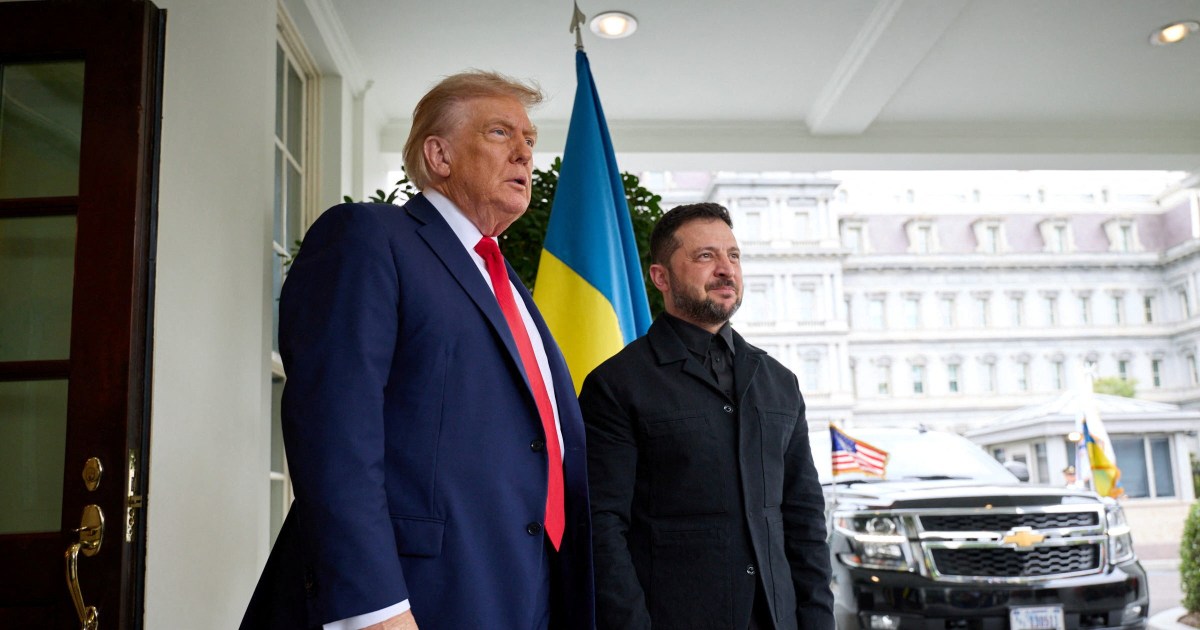

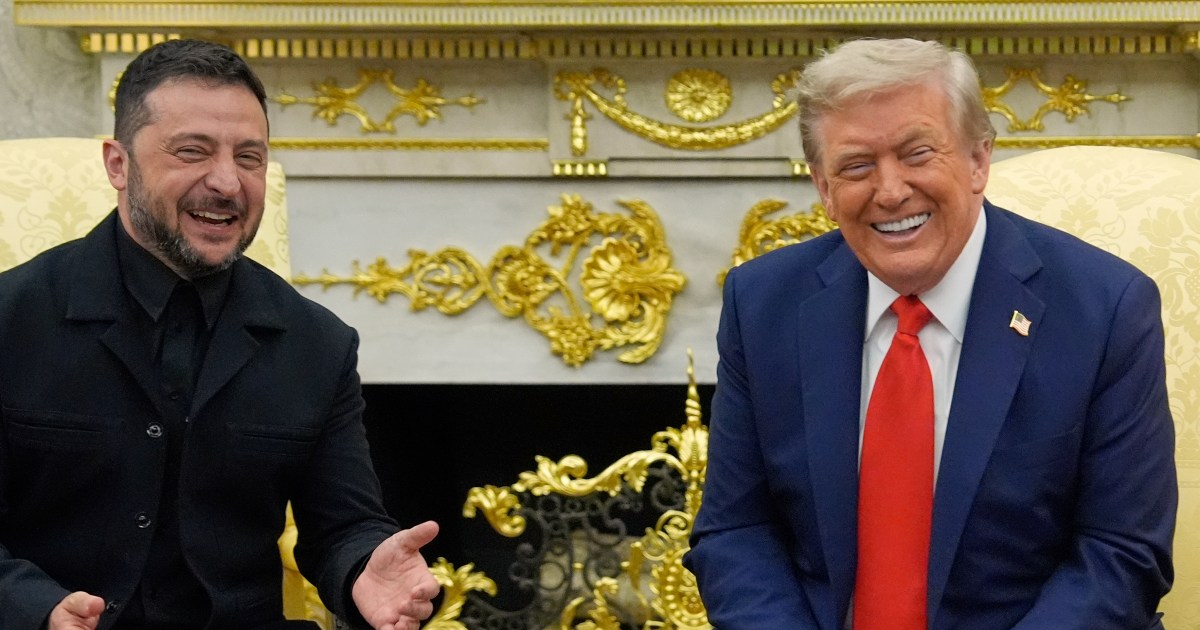
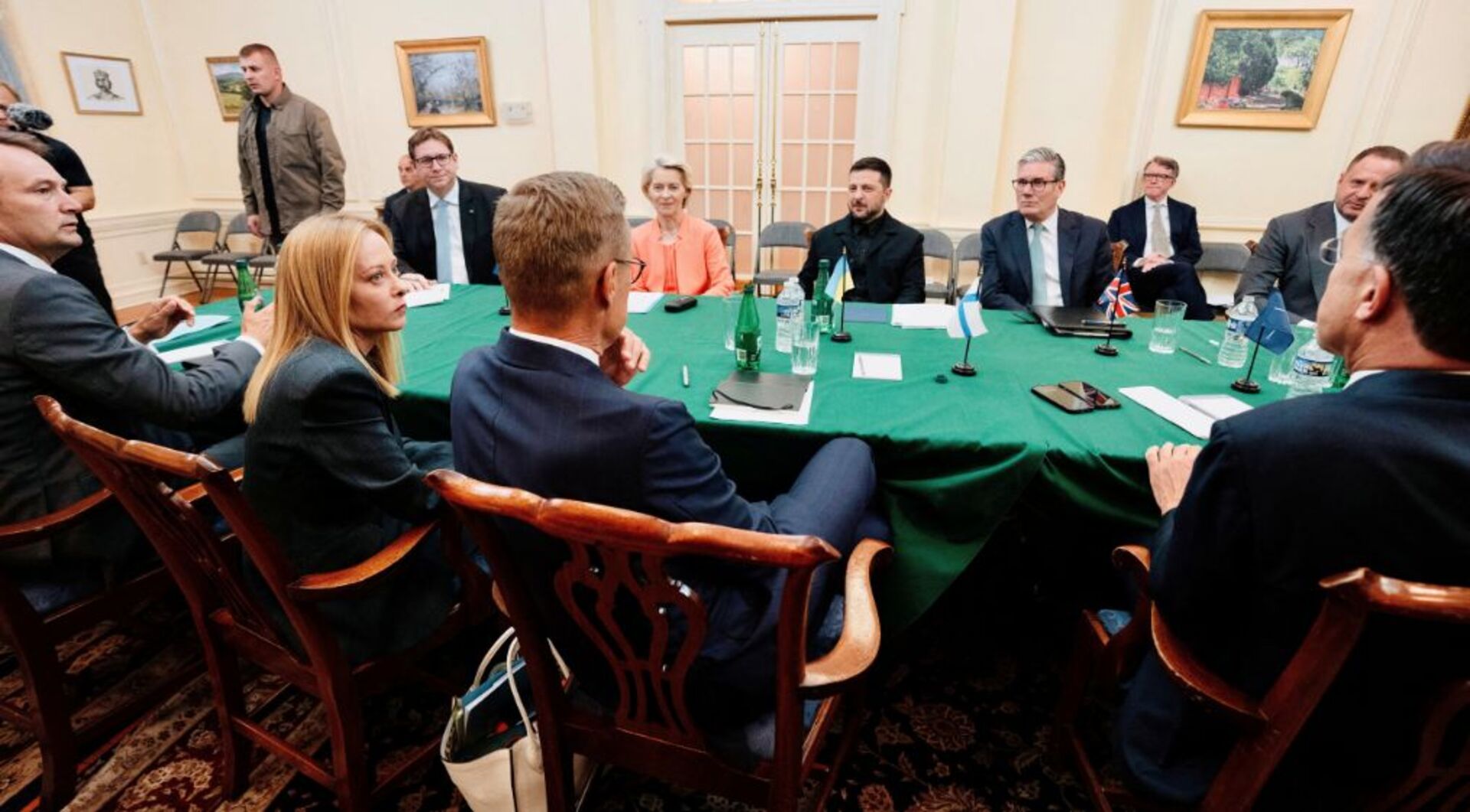
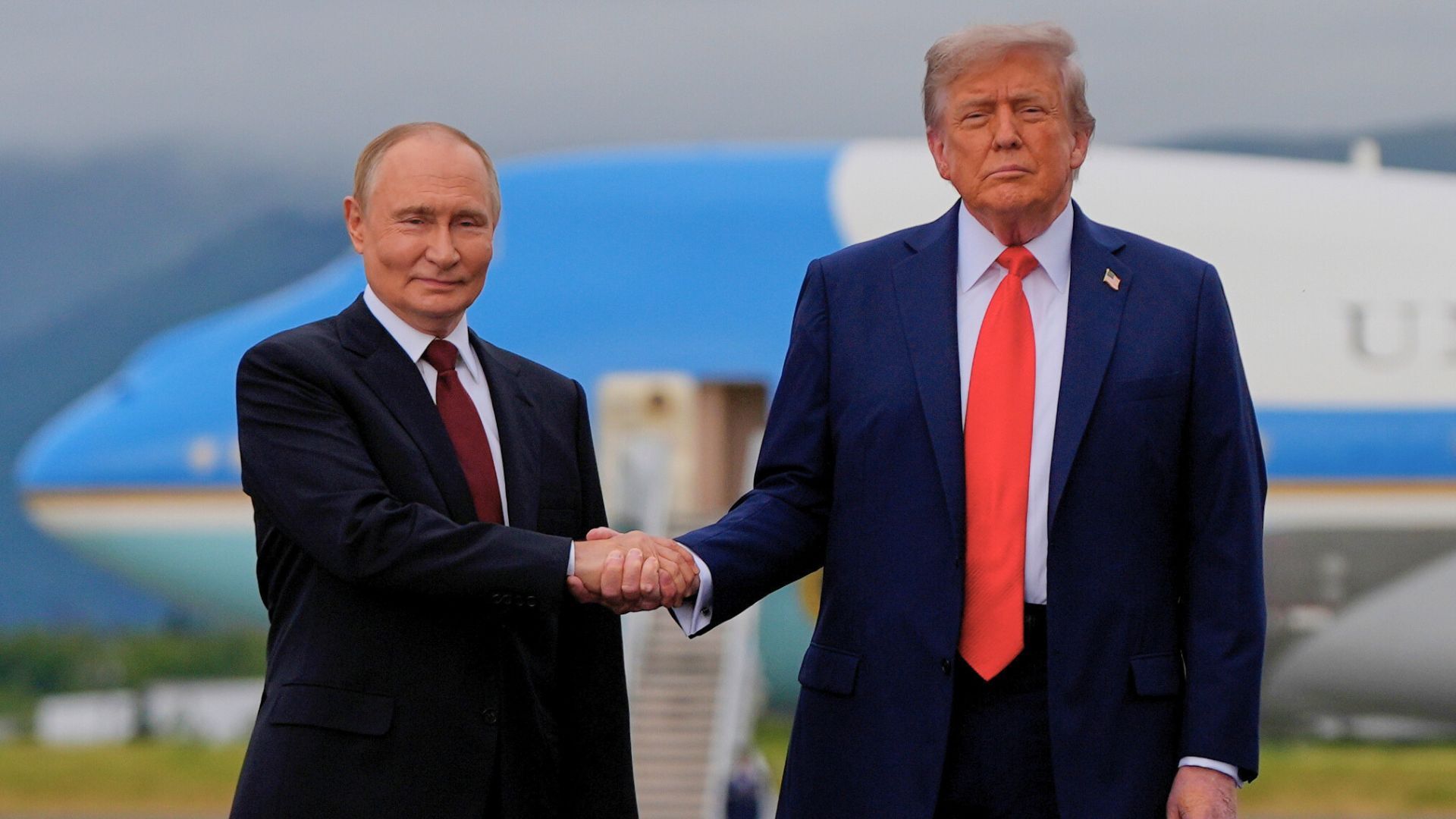
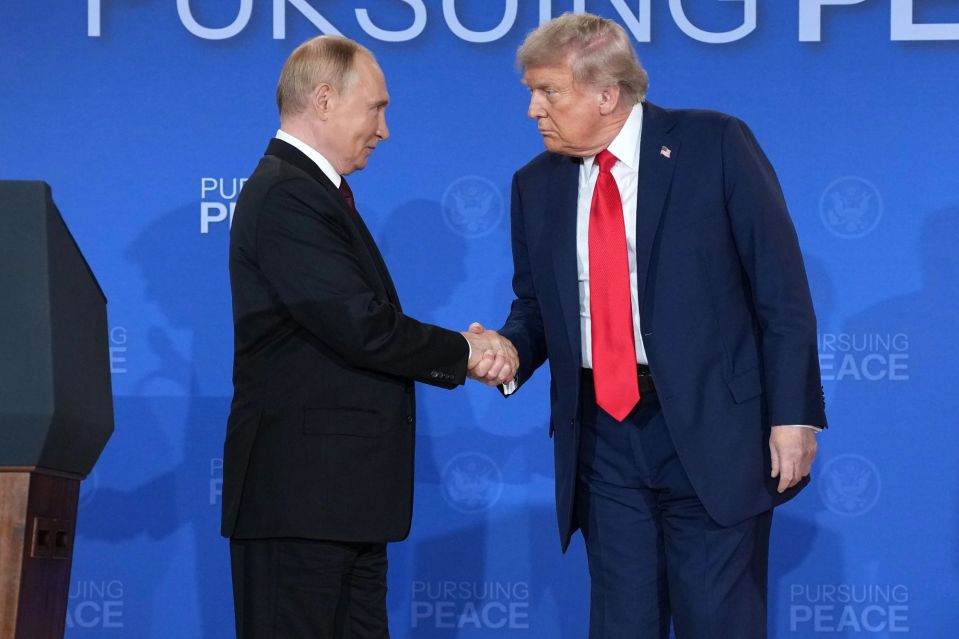
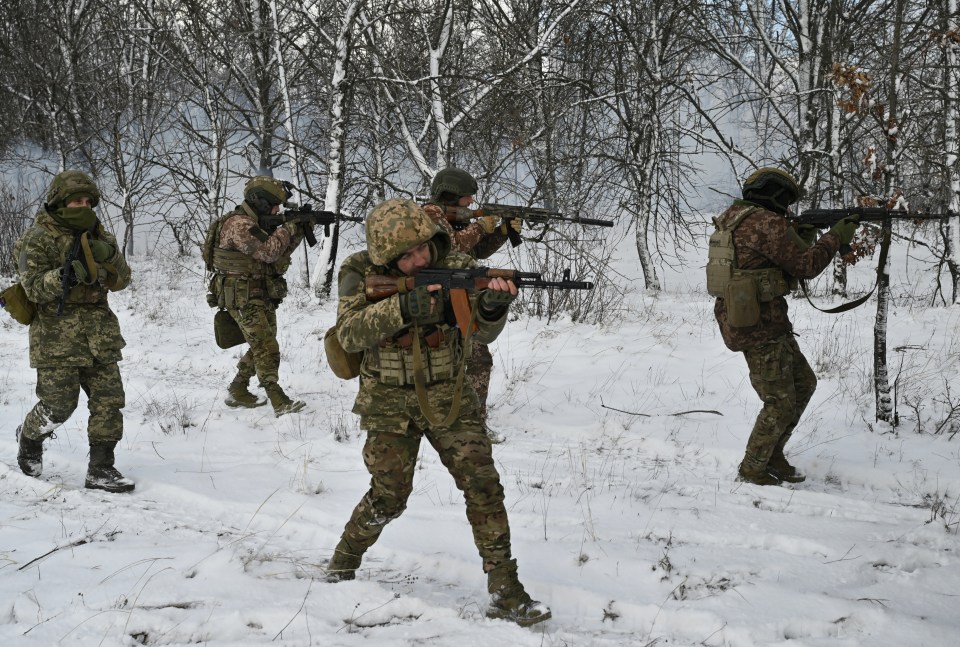
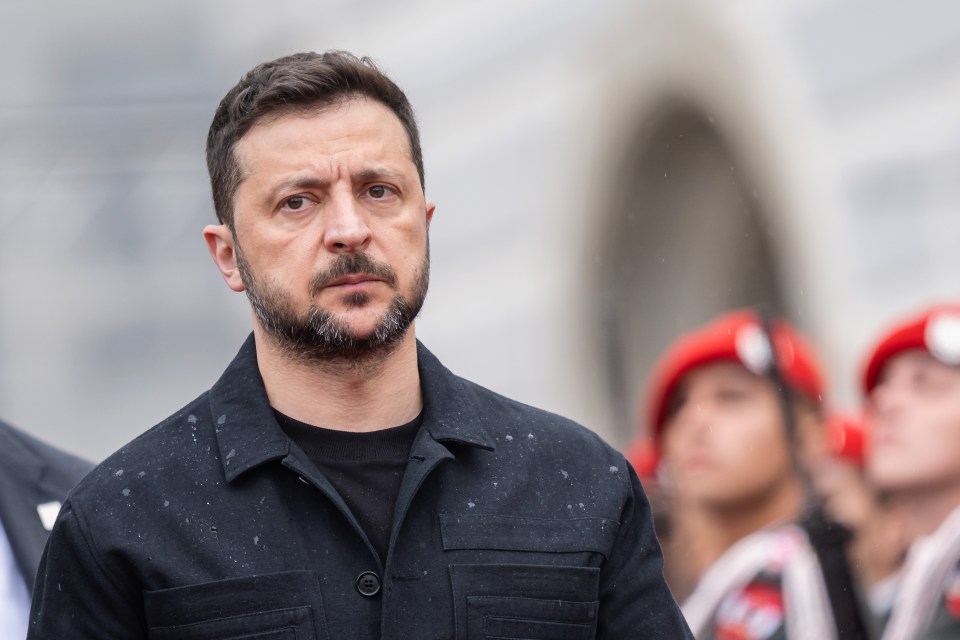
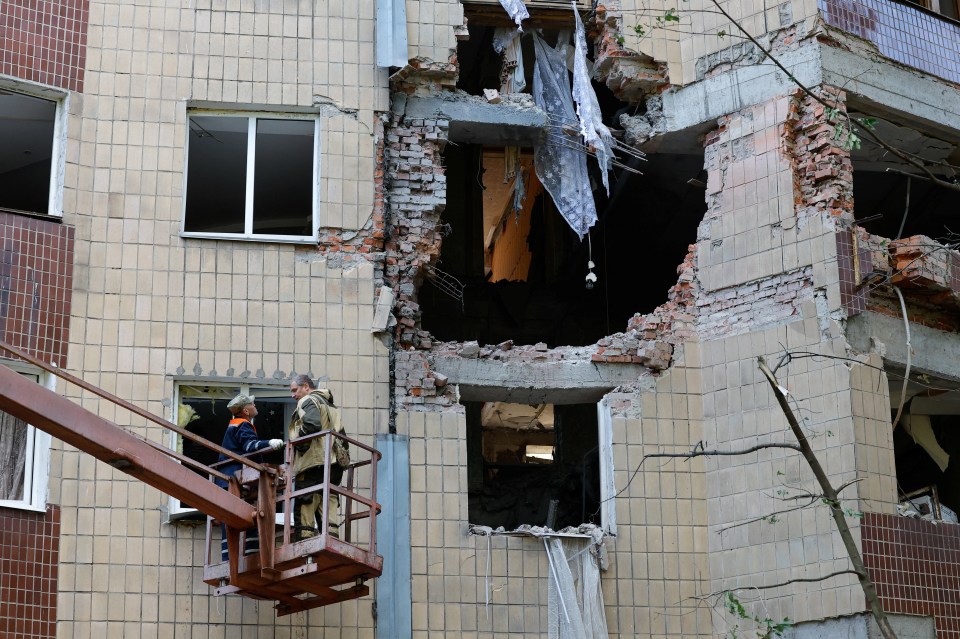


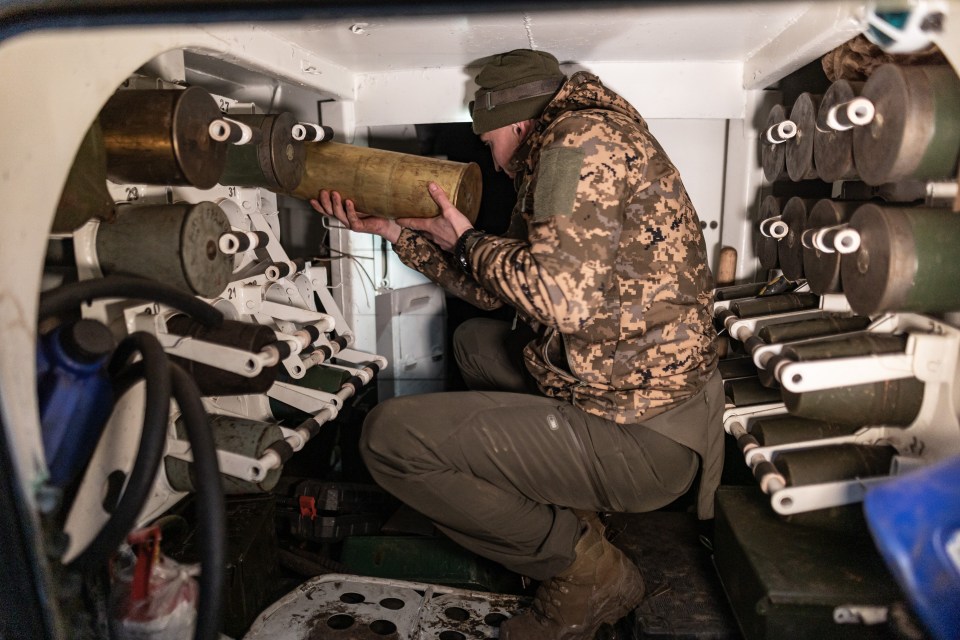
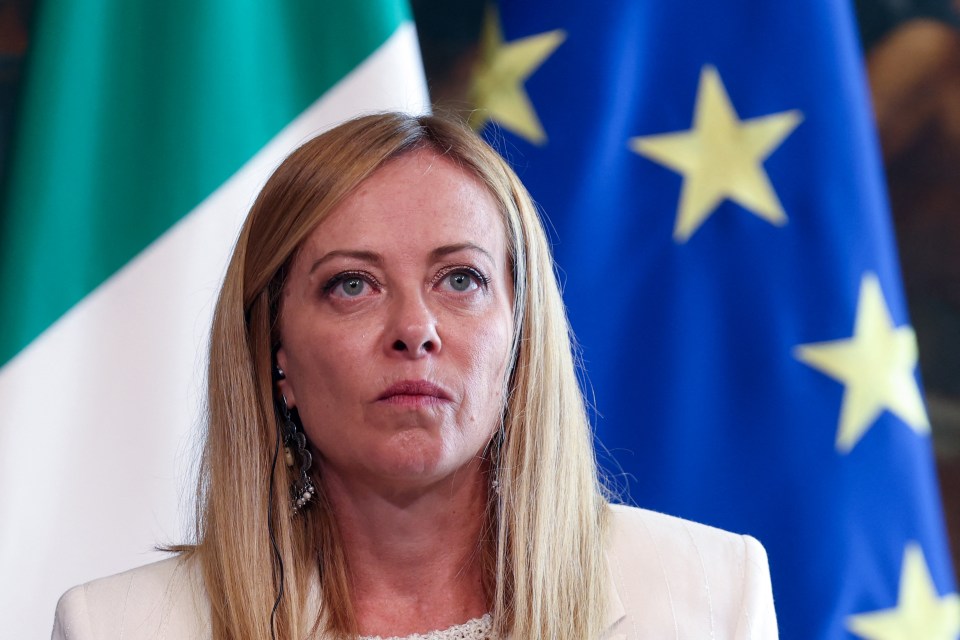

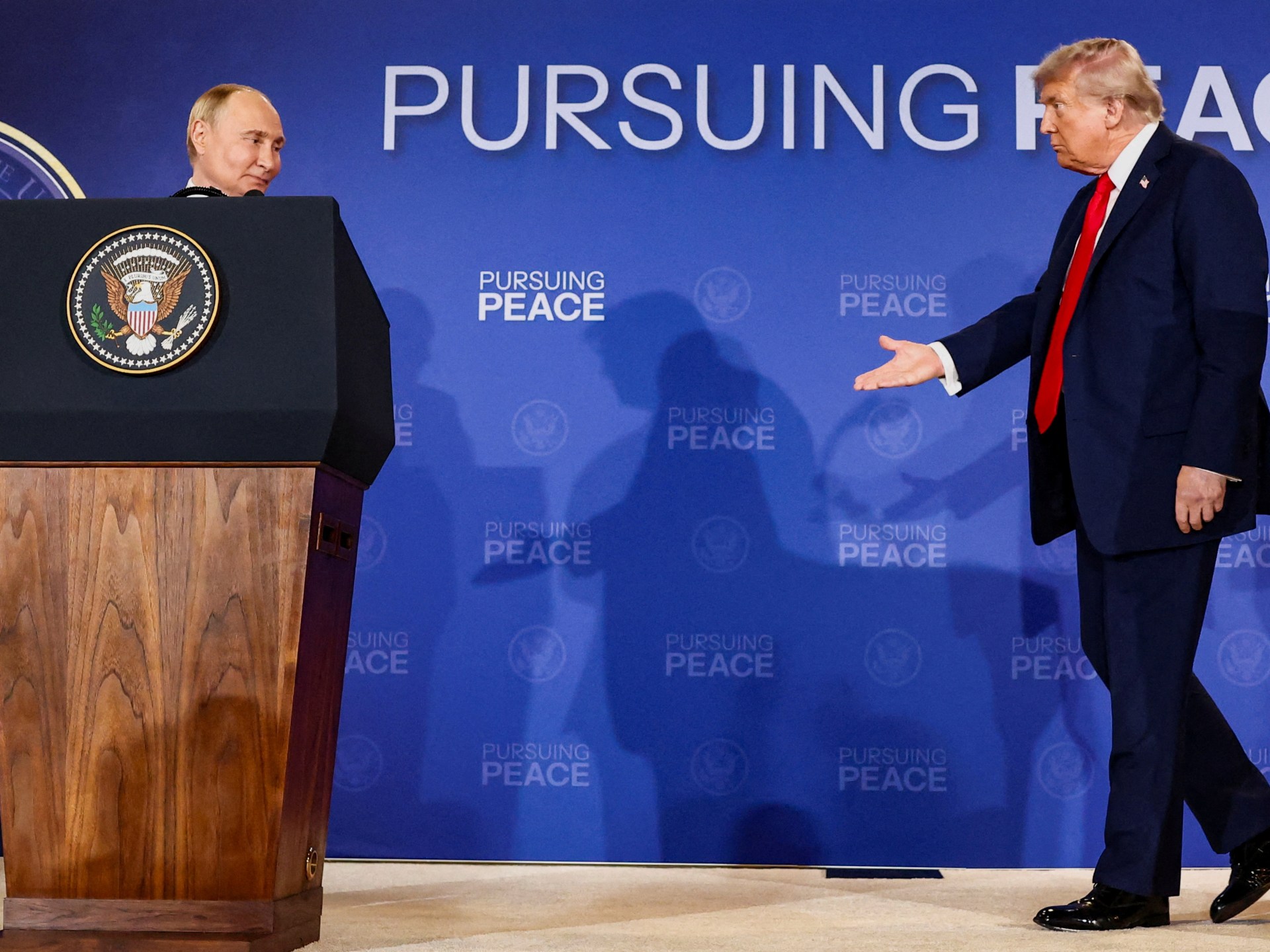

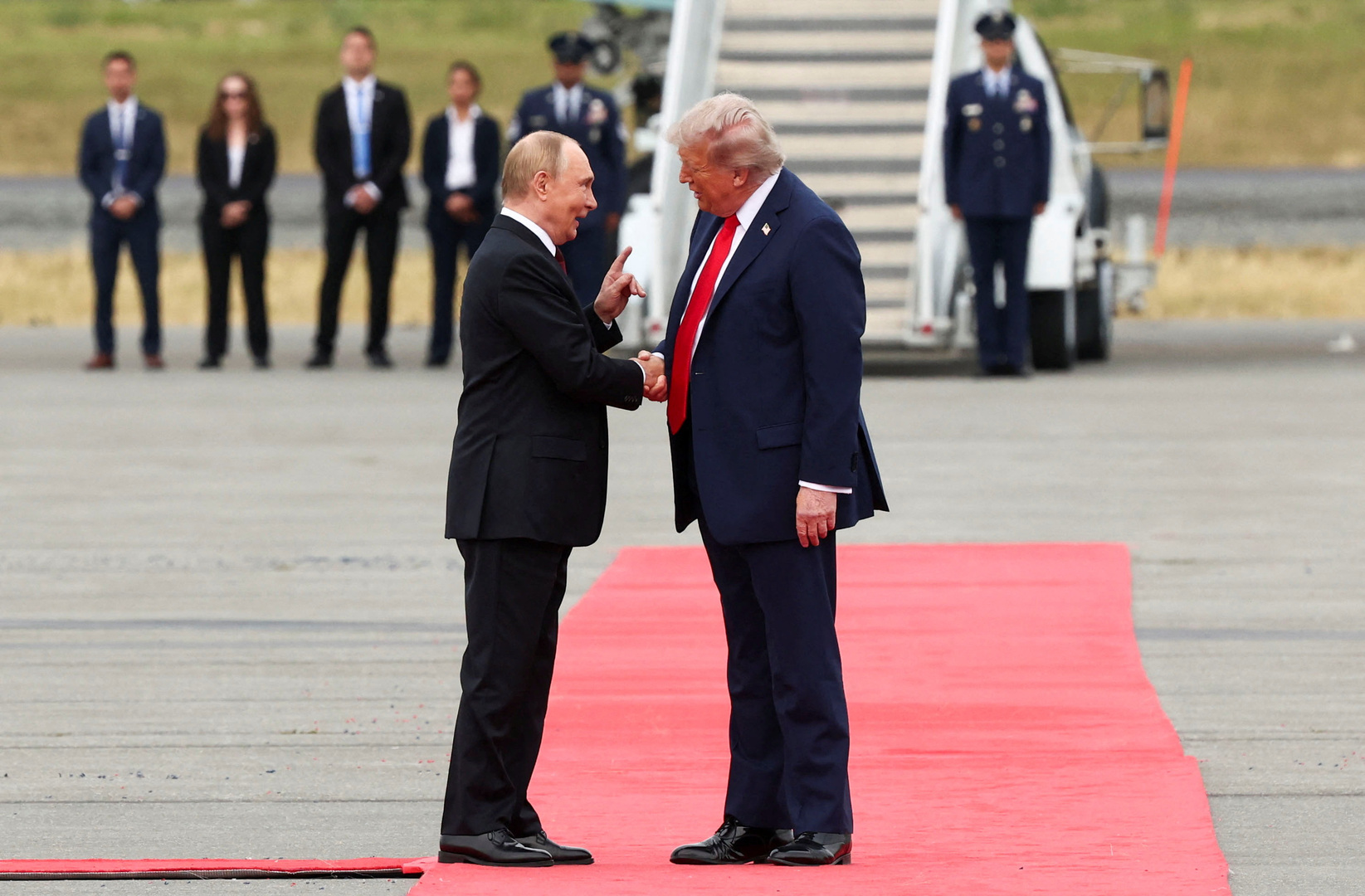
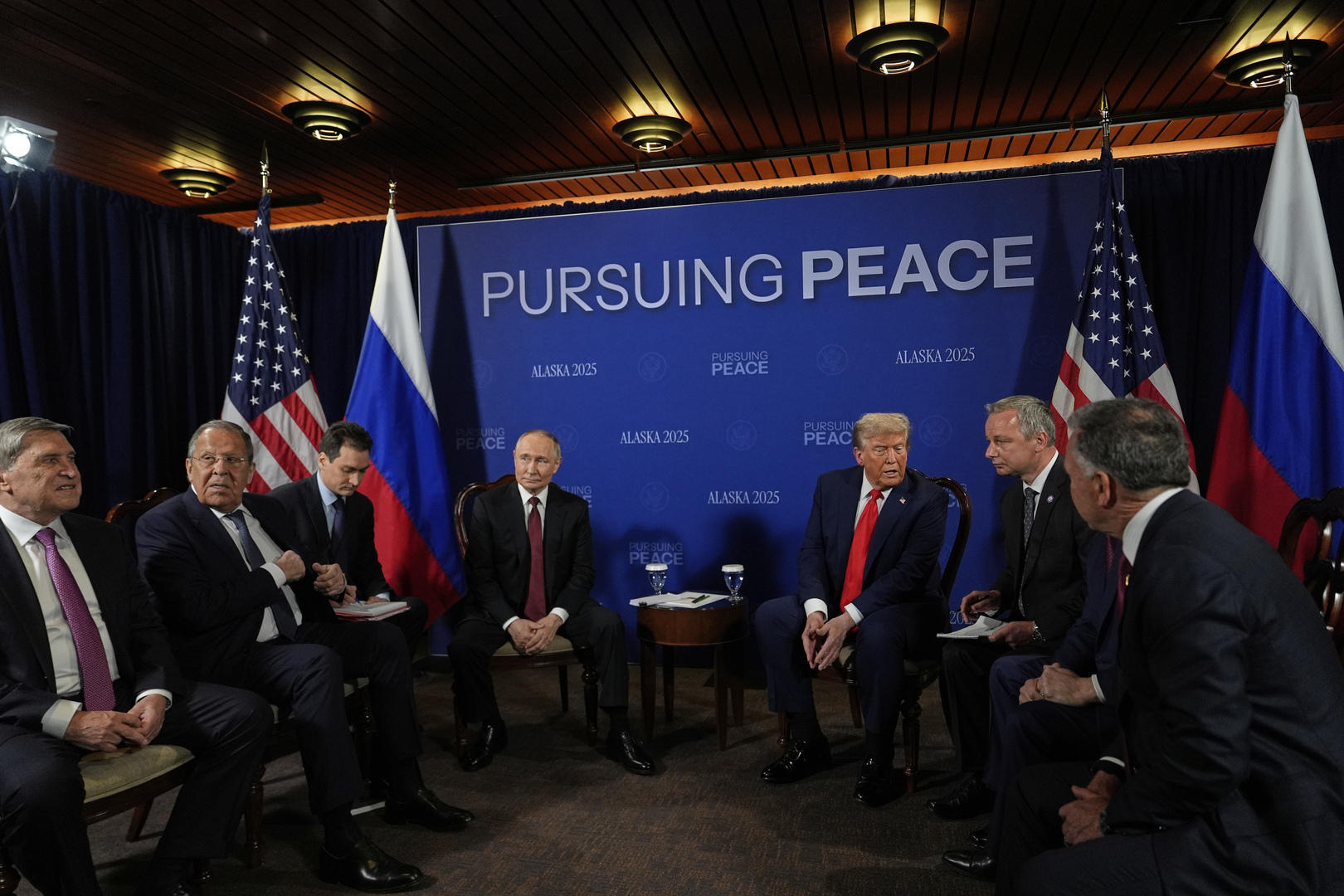
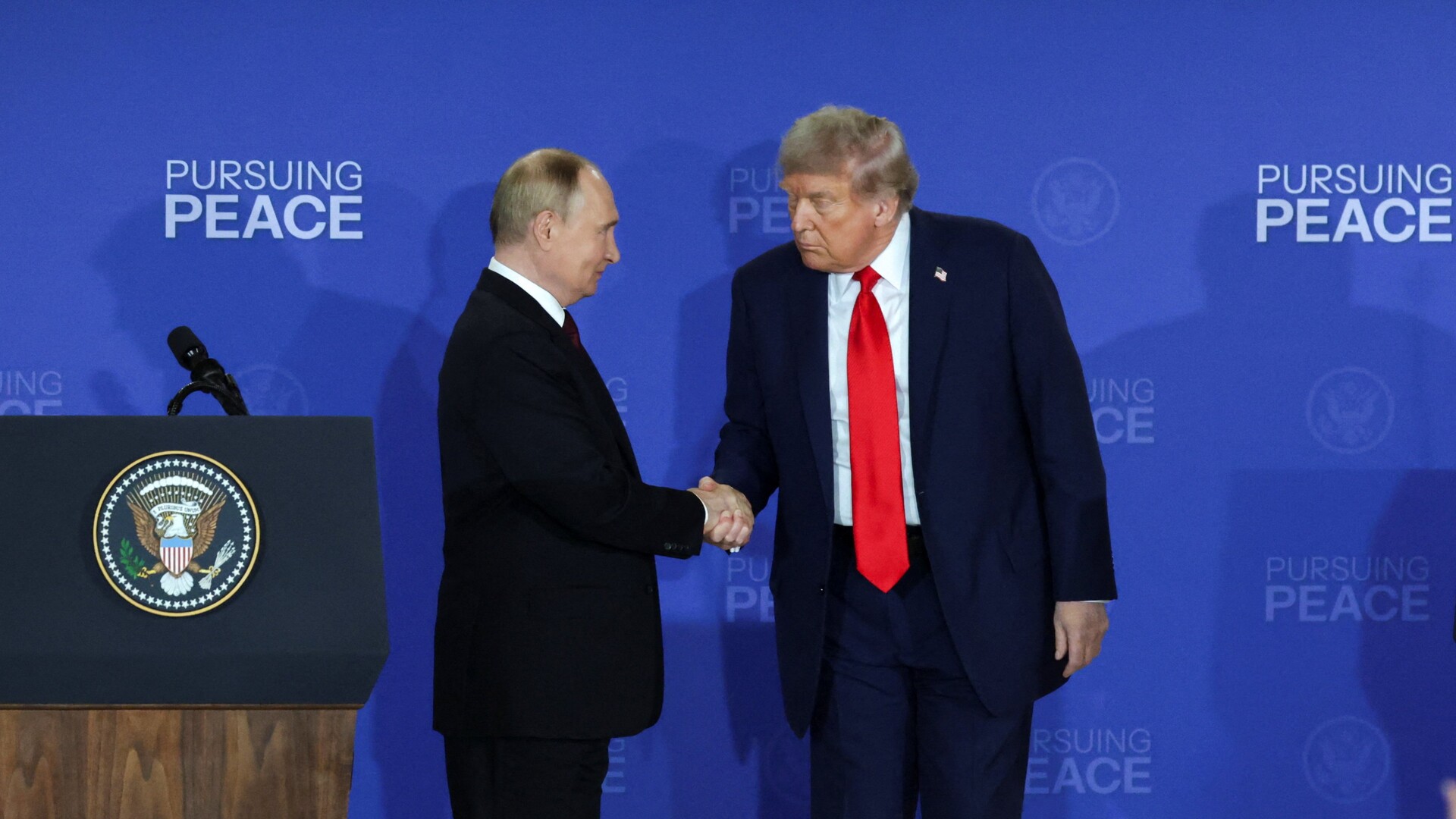
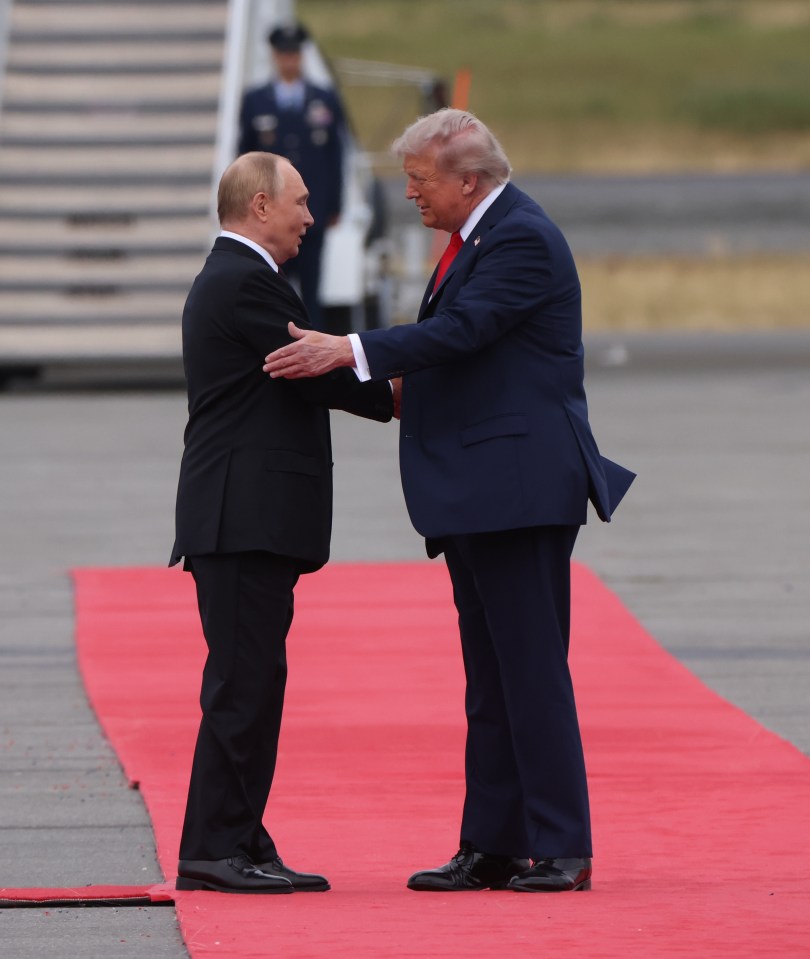

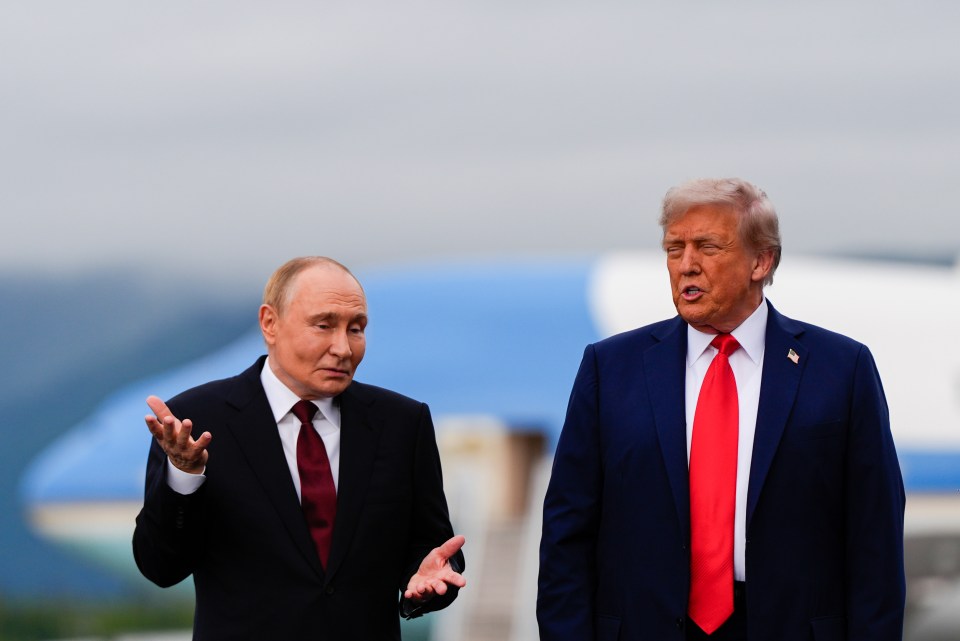

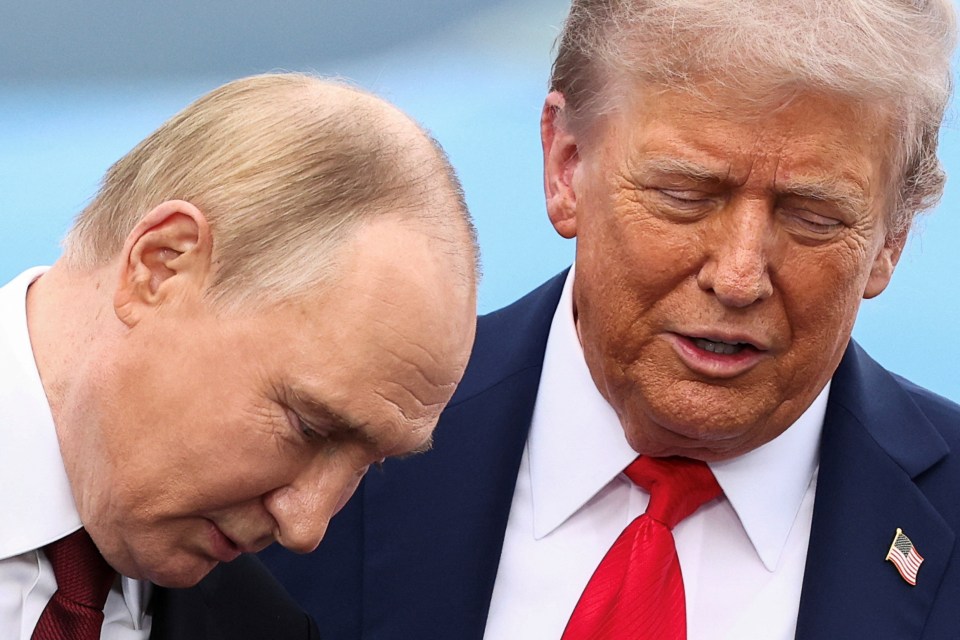
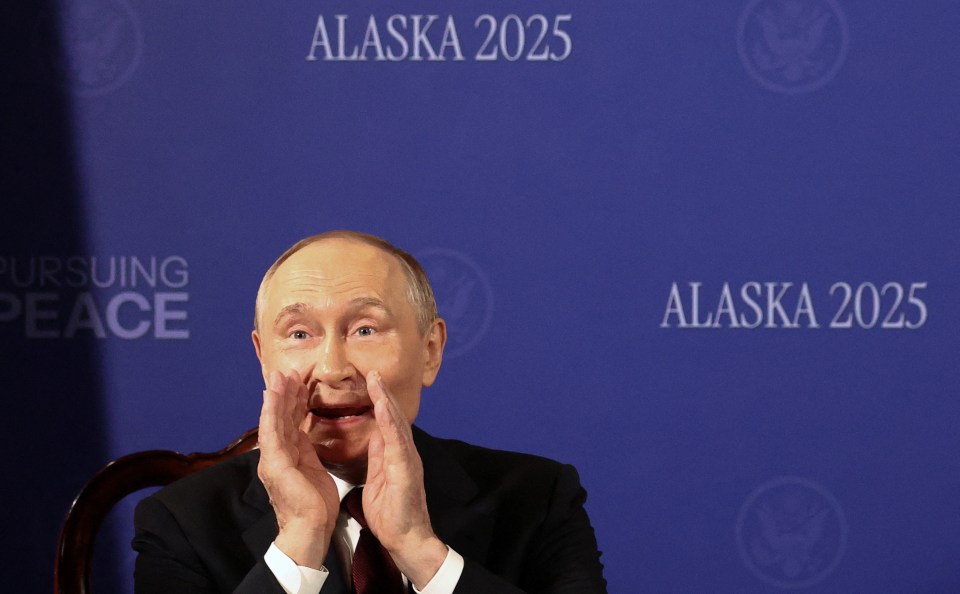
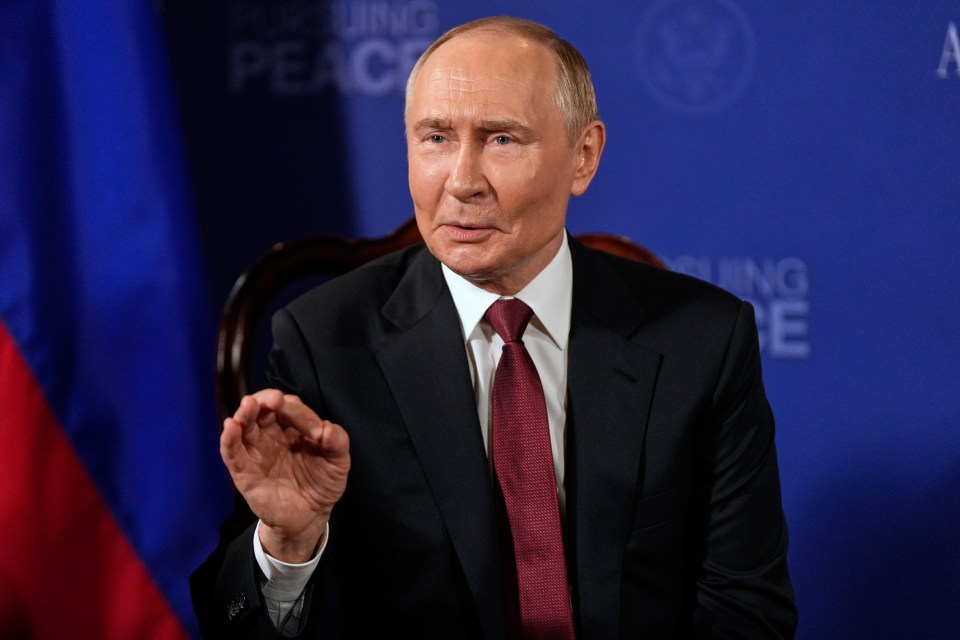

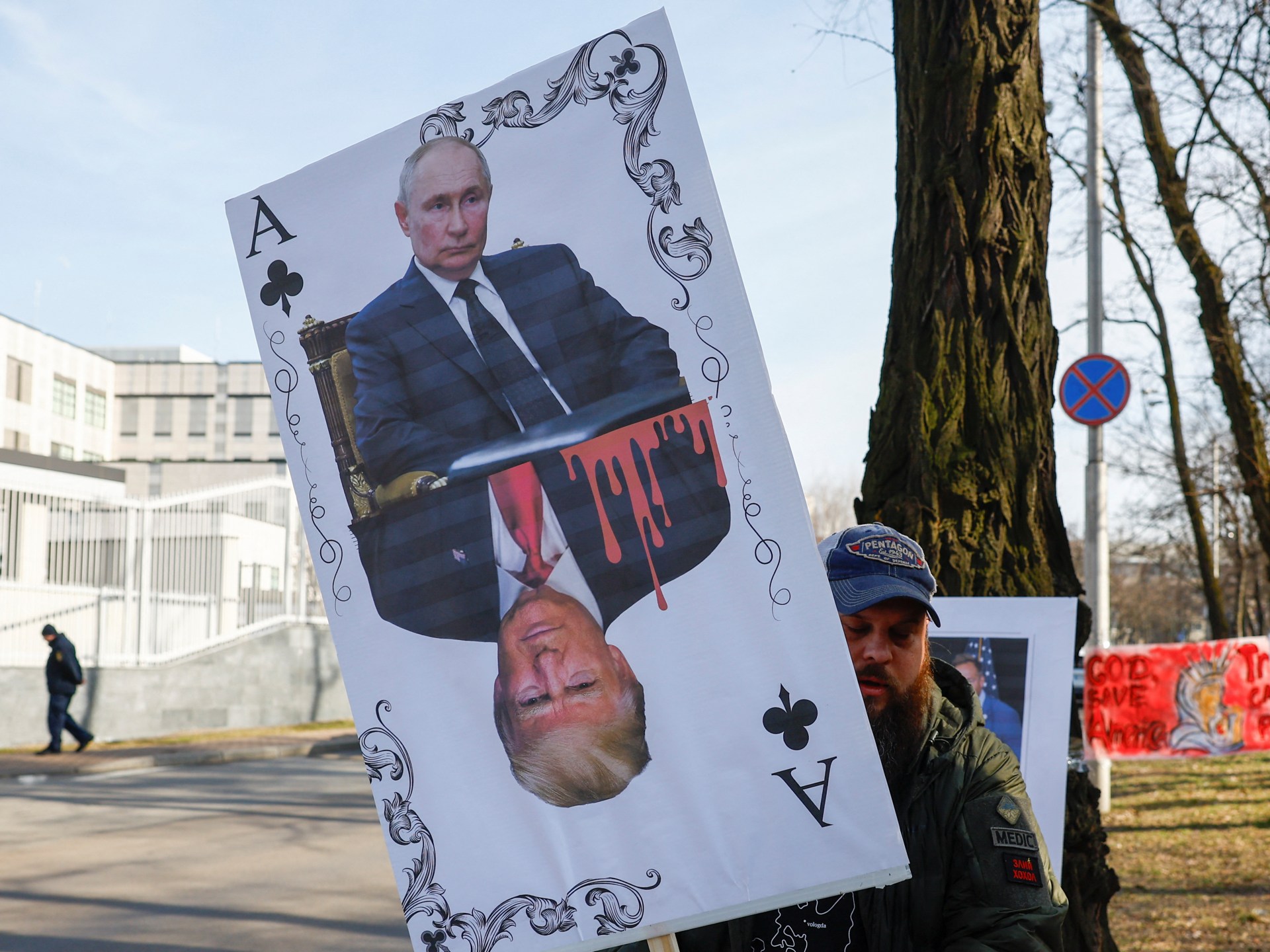
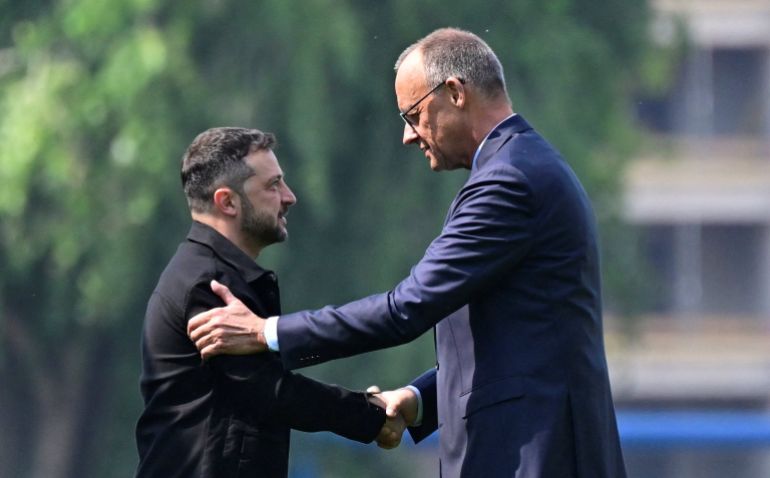
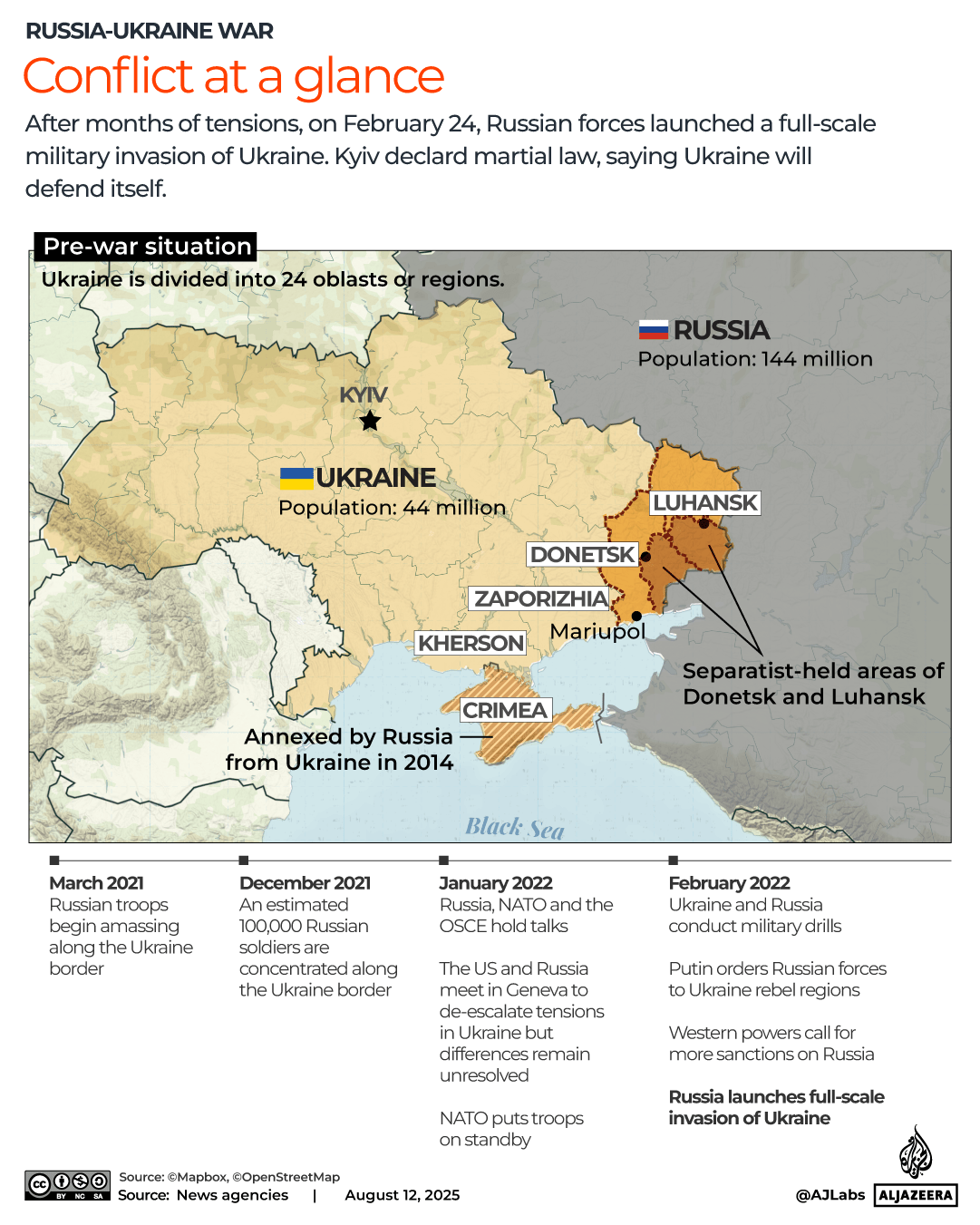 What’s on the agenda?
What’s on the agenda?